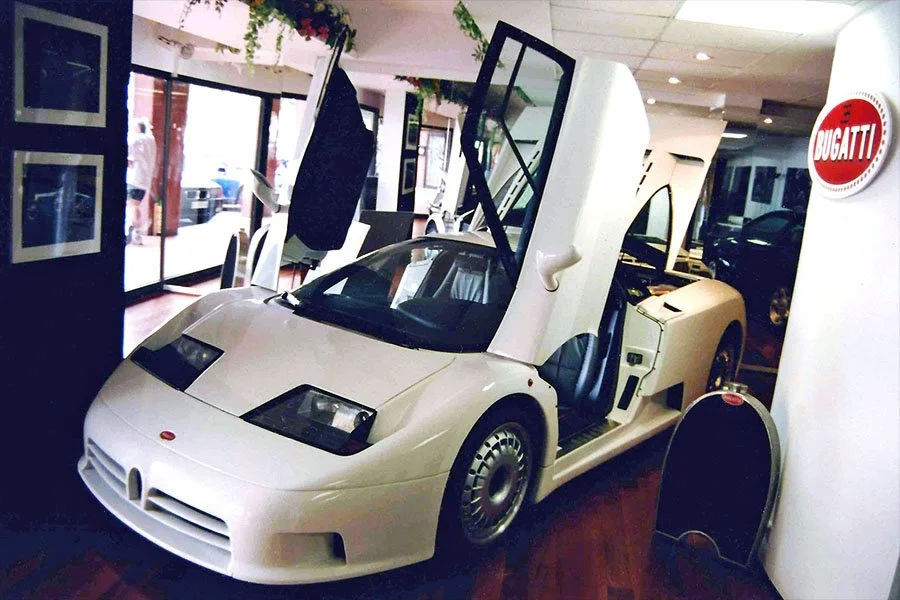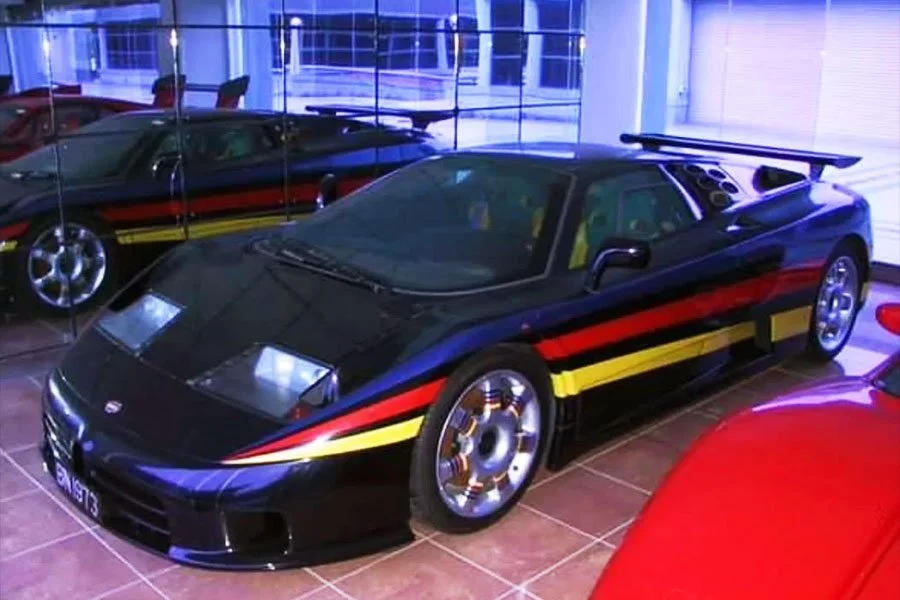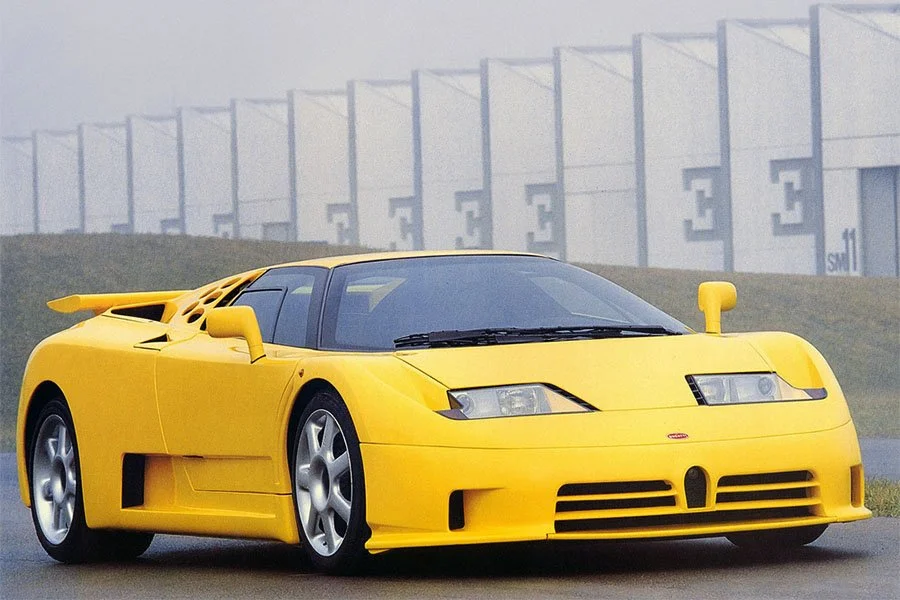One to Buy: Unique Aluminium-bodied 2015 Bugatti 16.4 Veyron Grand Sport Vitesse
/ Ben Tyer
Unveiled at the Geneva Motor Show in March 2012, the Grand Sport Vitesse was conceived as an open top version of the Veyron Super Sport which had turned Bugatti’s already formidable base car into an even faster, even more powerful proposition.
Most notably equipped with uprated aero kit, an all-carbonfibre body and an engine tuned to develop 1183bhp (as opposed to just 987bhp), the Super Sport and Grand Sport Vitesse represented a simply unmatched proposition during the early to mid 2010s.

Of the 450 Veyrons built between 2005 and 2015, just 92 were completed to Grand Sport Vitesse trim and Bugatti offered practically any level of customisation so long as the customer’s pockets were deep enough to cope.
The perfect example of the lengths Bugatti were go to in order to satisfy their patrons is Grand Sport Vitesse chassis 8.100, currently on offer at the Mechatronik showroom in Pleidelsheim.

Ordered in 2014 by the same buyer that had acquired the one-off 2009 Veyron Bleu Centenaire along with one of all six Grand Sport Vitesse Legend series, the customer wanted a body milled entirely from ultra highly polished single piece sections of aluminium which required blocks of up to 20 tons to be delivered to Molsheim.
The final bill was more than double the already considerable list price of a Grand Sport Vitesse with 8.100 emerging in 2015 as the most expensive Veyron ever produced. Having covered just 750km from new, this one owner machine is offered in as new condition.



























































